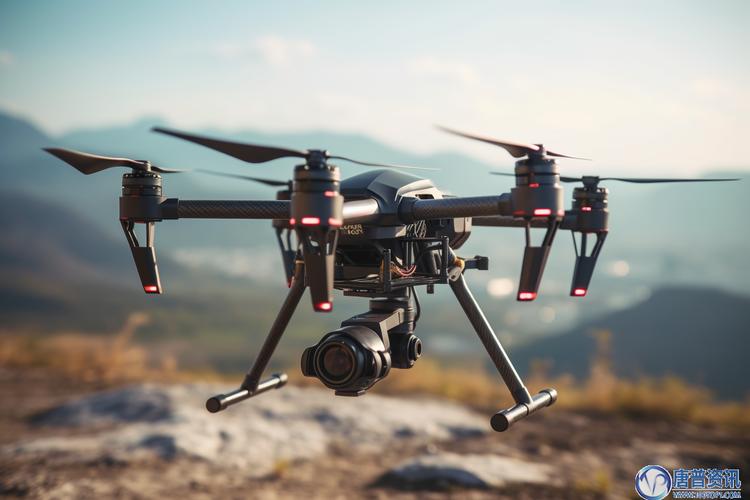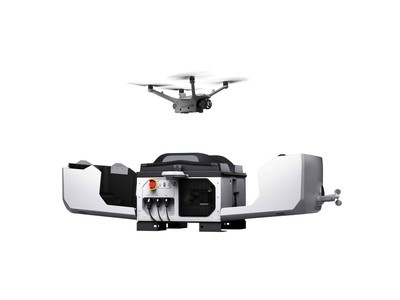In today’s rapidly evolving technological landscape, drone IR cameras are swiftly becoming an essential tool for a myriad of applications. Whether you’re a professional photographer aiming to capture breathtaking aerial vistas or a security expert needing comprehensive surveillance solutions, the integration of IR (infrared) camera technology into drone systems is transforming how visuals are captured and analyzed.
Why Choose Drone IR Cameras?
Drone IR cameras offer unique advantages compared to traditional imaging methods. Firstly, they allow for capturing images in low-light conditions, revealing details invisible to the naked eye. This capability is crucial for nocturnal wildlife observation, search and rescue operations, and military applications where detecting heat signatures can mean the difference between success and failure.
- Enhanced Night Vision: IR technology lets users see in complete darkness, providing a new perspective for night-time aerial photography.
- Versatile Applications: From agriculture to construction, drones equipped with IR cameras can monitor crop health or detect structural flaws.
- Safety and Surveillance: In security settings, drone IR cameras contribute significantly to monitoring large areas efficiently.


How Does IR Camera Technology Work?
Infrared cameras detect radiation that is not visible to the human eye but is emitted by objects as heat. By measuring these emissions, the camera generates a representation of the thermal environment. This principle is leveraged in multiple industries, providing insights that are impossible to obtain through standard cameras.
Integrated into drones, IR cameras enable aerial thermal imaging, producing data from vantage points previously inaccessible. Their capacity to ‘see’ temperature variations is leveraged for tasks like identifying energy inefficiencies in buildings or spotting disturbances in ecosystems.
Industries Benefiting from Drone IR Cameras
The influence of drone IR cameras spans numerous sectors. In agriculture, farmers can assess the moisture levels in the soil, optimizing irrigation and ensuring crop health. Construction companies utilize thermal imaging to inspect large structures efficiently, identifying leaks or thermal loss swiftly. Similarly, wildlife conservationists employ these devices to track animal movements without intrusive methods.
The Future of Drone IR Camera Technology
As technology advances, the capabilities of drone IR cameras are expected to expand rapidly. With AI integration, future models may autonomously interpret thermal data, providing actionable insights without human intervention. Such developments hold the potential to revolutionize fields ranging from environmental science to urban planning.
Moreover, improvements in camera sensors and drone mobility will allow for more detailed and comprehensive data collection, aiding in predictive analysis and proactive solutions.
Frequently Asked Questions
- Can drone IR cameras be used during the day?
- Yes, while most effective in low-light conditions, they can provide valuable data during daytime as well.
- What is the range of detection for these cameras?
- The range varies based on model specifications, but many modern IR cameras can detect thermal variations from significant distances.
- Are drone IR cameras legal to use everywhere?
- Usage varies by country and region; it is important to check local regulations regarding drone operations and privacy laws.